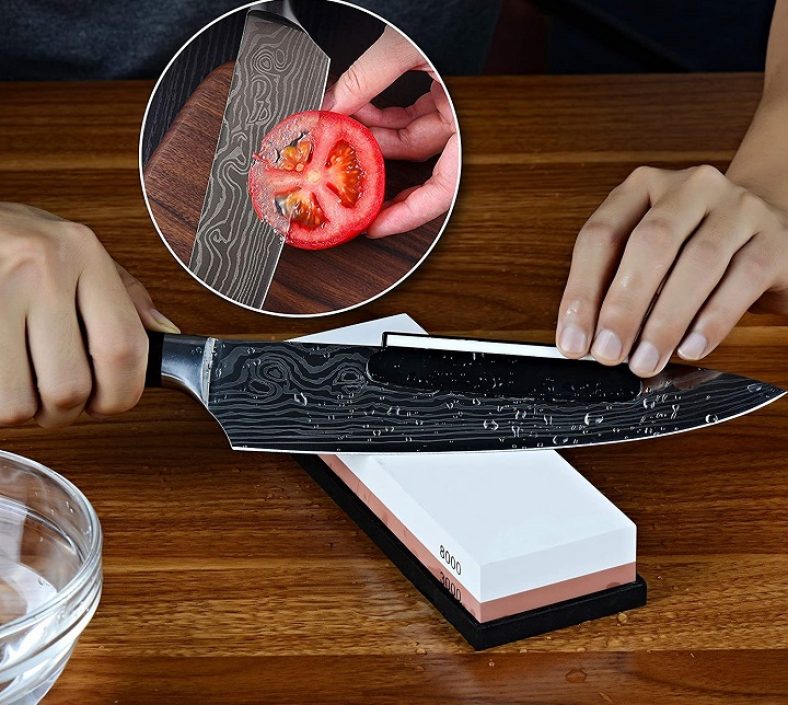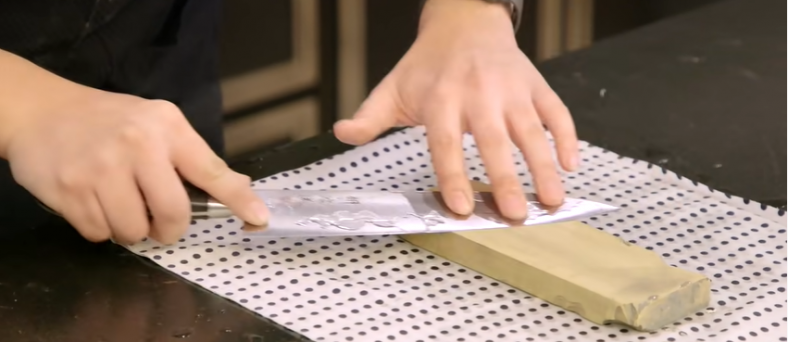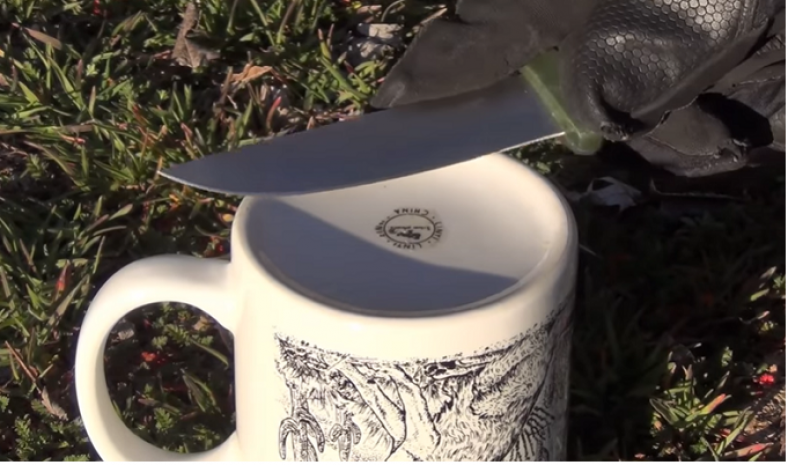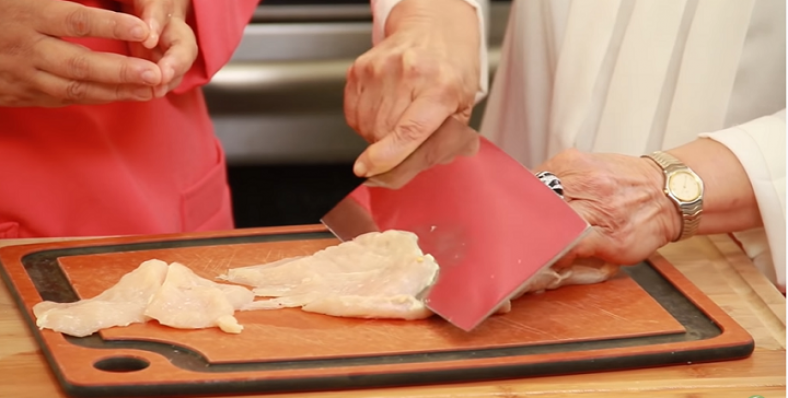Welcome, outdoor enthusiasts, DIY hobbyists, and kitchen warriors! Today, we embark on a journey of learning how to sharpen your Gerber knife. Whether you’re a seasoned adventurer or just someone who appreciates a sharp tool, this guide is for you. Let’s delve into this essential skill set that every knife owner should possess.
Introduction
Why is Knife Sharpening Important?
Sharpening knives isn’t just about making the blade look shiny and new. It ensures that your knife functions at its peak performance, allowing for precise and efficient cutting. A dull knife can be frustrating to use and can even cause accidents due to the excessive force needed to cut through materials. On the other hand, a sharp knife makes tasks easier and safer as it cuts through objects without much effort required.
Benefits of a Sharp Gerber Knife
Gerber knives are renowned for their quality and durability. A sharp Gerber knife not only enhances your cutting performance but also extends the lifespan of the blade. It reduces unnecessary wear and tear and helps maintain the overall integrity of the knife. Moreover, it provides you with a sense of satisfaction and accomplishment, knowing that you’ve honed your tools to perfection.
Understanding Gerber Knives
Different Types of Gerber Knives
Gerber offers a wide range of knives designed for various purposes. From pocket knives ideal for everyday carry to hunting knives designed for outdoor adventures, and multi-tools for versatile functionality – there’s a Gerber knife for every need. Knowing the type of Gerber knife you have will help you understand its specific sharpening requirements and ensure you maintain its optimal performance.
How to Identify a Dull Knife
Identifying a dull knife is crucial in maintaining your Gerber knife’s sharpness. A dull blade often requires more pressure to cut and doesn’t slice through items smoothly. You may notice the knife tearing or crushing the item instead of cleanly slicing through it. In some cases, you can even see small nicks or flat spots on the cutting edge under a light source. These are clear signs that your knife needs sharpening.
Tools and Materials Needed for Sharpening
Choosing the Right Sharpening Stone
The choice of sharpening stone largely depends on the hardness and type of steel used in your Gerber knife. Common types include oil stones, water stones, diamond stones, and ceramic stones. Oil and water stones are traditional choices offering various grit sizes. Diamond and ceramic stones are harder and tend to last longer. It’s essential to choose a stone that matches your knife’s requirements and your skill level.
Additional Tools for Knife Sharpening
Besides the sharpening stone, you’ll need a few additional tools. A honing rod helps to realign the edge between sharpenings. A leather strop with an honing compound can polish the edge to a mirror finish. You might also consider using a knife sharpening guide, which can help beginners maintain the correct angle during the sharpening process.
Sharpening Techniques for Gerber Knives
Step-by-Step Guide to Sharpening a Gerber Knife
Preparing the Sharpening Stone
Before you begin, it’s important to prepare your sharpening stone. If you’re using a water stone, soak it in water for about 10 minutes until bubbles stop rising from its surface. For oil stones, apply a layer of honing oil. Diamond and ceramic stones can be used dry or with a splash of water.
Holding the Knife at the Correct Angle
Hold your Gerber knife at an angle of 20 degrees to the sharpening stone. This is the standard angle for most kitchen and outdoor knives. If you’re uncertain about the angle, a sharpening guide can be helpful. Remember, consistency is key to maintaining the same angle throughout the sharpening process.
Moving the Knife Across the Stone
With the blade at the correct angle, sweep the knife across the stone in a smooth, controlled motion, as if you’re trying to slice off a thin layer of the stone. Repeat this process, ensuring you cover the entire length of the blade. Flip the knife and repeat the process on the other side.
Testing the Sharpness of the Knife
After several passes on both sides, test the sharpness of the knife by slicing through a piece of paper. If the knife cuts cleanly, it’s sharp enough. If not, repeat the sharpening process. Be sure to clean the blade after sharpening to remove any metal particles.
Maintaining a Sharp Gerber Knife
Proper Storage of Gerber Knives
Proper storage is essential in maintaining the sharpness of your Gerber knife. Avoid throwing your knife into a drawer where it could get banged around. Instead, consider using a knife block, magnetic strip, or sheath to protect the blade from damage.
Regular Cleaning and Maintenance
Regular cleaning and maintenance can also help in preserving the sharp edge of your knife. Clean the knife after each use to prevent residue build-up. Dry it thoroughly to avoid rusting. Occasionally, apply a light oil coating to the blade to prevent corrosion.
Troubleshooting and Common Mistakes
Common Knife Sharpening Mistakes
There are several common mistakes to avoid when sharpening your Gerber knife. Using the wrong angle, applying too much pressure, or inconsistently moving the knife across the stone can all lead to an uneven edge. Remember, patience and consistency are more important than speed when sharpening a knife.
Troubleshooting Dull Knives
If you’ve sharpened your knife but it still seems dull, you might need a finer grit stone to polish the edge. Alternatively, the blade may be misaligned, in which case a few strokes on a honing rod should put it back into place. If all else fails, it might be time to consider professional sharpening services.
Conclusion
Final Tips for Sharpening a Gerber Knife
Sharpening a Gerber knife might seem daunting initially, but with practice, it becomes second nature. Remember, consistency in the angle and motion is key. Regular maintenance will also go a long way in preserving the sharpness of your knife. With these tips, you’re well on your way to mastering the art of knife sharpening.
Remember, a sharp knife is a safe knife. It provides precision, efficiency, and satisfaction in your work, whether you’re preparing dinner, embarking on an outdoor adventure, or tackling a DIY project. So, take out your Gerber knife and sharpening tools, and start practicing. With time and patience, you’ll hone this skill to perfection.





